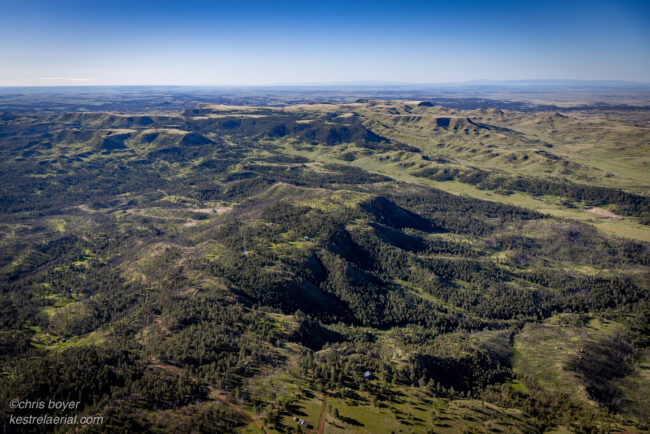
Photo of the Bull Mountains by Kestrel Aerial.
by Derf Johnson
The new federal government, led by Pres. Donald Trump — as well as Montana’s congressional delegation — is hell-bent on doing everything it can to prop up fossil fuels and undermine the clean energy transition. Pres. Trump’s Executive Orders were issued fast and furious in his first months in office, a slew of legislation has been introduced in Congress to roll-back basic environmental standards, and the U.S. Environmental Protection Agency is priding itself on instituting the largest “regulatory rollback” in history.
These consequences are now being felt on the ground here in Montana, most noticeably at the Bull Mountains coal mine near Roundup. Bull Mountains, operated by Signal Peak Energy, is Montana’s only underground coal mine and has become famous for its blatant corruption, criminal activity, and environmental destruction. Its “longwall” underground operation has mined beneath and severely impacted numerous springs in the Bull Mountains, negatively effecting (or entirely eliminating) cattle ranches on the surface. The coal extracted from this mine also produces an enormous amount of carbon pollution when it is burned in the furnaces of Asian coal plants.
These impacts have been largely ignored by the state and federal agencies responsible for permitting and regulating the Bull Mountains Mine. Somewhat recently, the mine sought and was issued a permit for a massive expansion from the U.S. Office of Surface Mining (OSM) that would make it the largest operating underground coal mine in the United States. The environmental impact statement (EIS) associated with the mine was incredibly deficient and didn’t account for the enormous amount of carbon pollution that would result from the expansion, and so MEIC and our partners at Earthjustice and the Western Environmental Law Center took OSM to court. Ultimately, a judge agreed that the EIS failed to disclose and evaluate the climate impacts, ordering OSM to conduct a new analysis. The court also forbade the company from mining federal coal until the review was complete.
The prohibition on mining the federal coal posed a problem for the Bull Mountains Mine, so they called up Montana’s congressional delegation and had sweetheart language inserted into H.R.1, the “One Big Beautiful Bill.” Initially, the language simply forced approval of the mining plan for the Bull Mountains Mine, but because its language was specific to one mine and one company, it likely would have run afoul of the “Byrd Rule” (or deemed “extraneous”) in the reconciliation process. So instead, an incredibly convoluted amendment was inserted that in theory would be generally applicable to all coal mining in the country, but in practice seems to only apply to the Bull Mountains Mine. With its passage, ostensibly the Bull Mountains Mine can begin extracting federal coal.
However, it’s possible that the provision in the Big Bill was not even necessary, because almost a full month before its passage, the U.S. Department of Interior (DOI) forced approval of the mining plan well in advance of the projected completion date of the EIS — in spite of a court order prohibiting the mining of federal coal. You might ask, “How can an agency approve something when a court order prohibits it?” In part, DOI relied upon Pres. Trump’s “Declaring a National Energy Emergency” Executive Order, which allowed for DOI Secretary Doug Burgum to “identify and exercise any lawful emergency authorities available to them, as well as all other lawful authorities they may possess, to facilitate the identification, leasing, siting, production, transportation, refining, and generation of domestic energy resources, including, but not limited to, on Federal lands.”
DOI also authorized the fast-track approval of the Bull Mountains expansion under newly established “alternative arrangements” for compliance with the National Environmental Policy Act (NEPA). These alternative arrangements under NEPA were also created in response to Pres. Trump’s energy emergency EO and expedite the review and approval of projects from a multi-year process down to just 28 days, at most. Presumably, this allowed for DOI to fast-track the Bull Mountains EIS, truncating the intensity and robustness of the review and likely bypassing the opportunity to collect additional data.
It’s clear that if you’re a coal mining executive and not a rancher living above a coal mine, you have a friend in the Oval Office and our federal agencies, as well as in Montana’s congressional delegation. The horrors that society will suffer from unchecked pollution and irresponsible energy production matter little to those with the means to avoid the worst consequences, but the average Montanan will suffer greatly.
This article was published in the September 2025 issue of Down To Earth.

